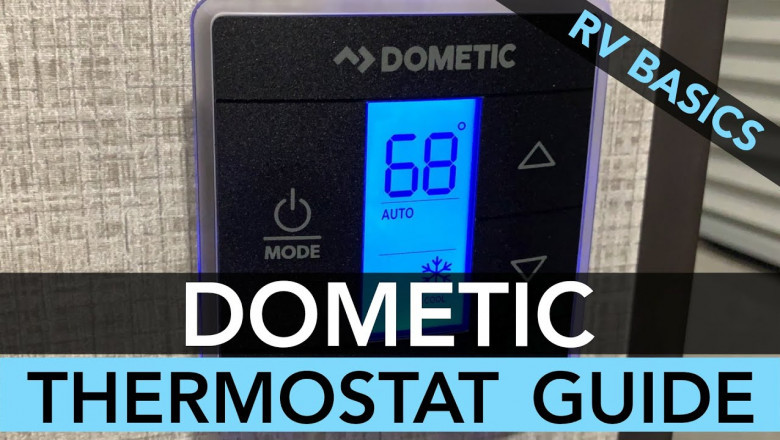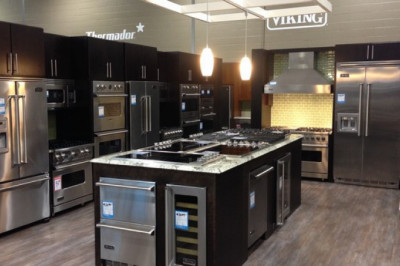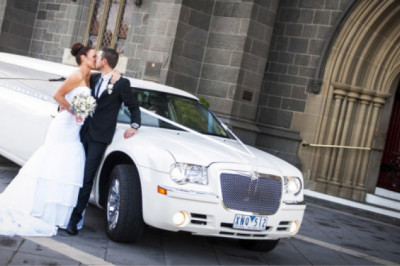views

Troubleshooting your Dometic thermostat can help resolve a number of issues that it may have. It should be the first thing to try before calling service since in some instances the problems are not that complicated. They would quickly clear after performing simple troubleshooting procedures. In the following guide, we have given the various steps for troubleshooting common problems with these thermostats, as well as how to perform various operations.
How to Reset Your Dometic RV Air Conditioner
Performing a reset on your comfort control center system removes all previous program memory and resets the system to factory settings. The procedure may be necessary if the comfort control center is not operational, inadequate data, or no functions occur. The factory setting of 72oF for cooling and 68oF for heating modes are entered.
Related: White Rodgers Thermostat Reset
To initiate a reset, follow the steps below:
- Turn control on to ensure annunciator data and light are present. If data and light are present, continue to the next step.
- Depress MODE switch to activate annunciator light.
- Simultaneously depress the bottom two buttons (temperature UP and DOWN) and hold.
- While holding these buttons down, depress the MODE button once and release.
- Release the two buttons previously held down.
- Depress the MODE button once again.
- At this time the light should extinguish, and the mode should register “OFF”. If not, repeat steps 2 through 6.
- Retest system ensuring that all functions are present and operational.
- Why Does My Dometic RV Air Conditioner Keep Shutting Off?
If your RV air conditioner keeps turning on and off, the thermostat may be the problem. A bad thermostat can prevent the signal to the cooling system. Another probable cause for this problem is frayed wiring or your thermostat is not correctly calibrated.
Also, read: How to Log Out of Netflix on TV
Troubleshooting Guide
E1: Loss of communication between the thermostat and all system power module boards. System will shut down.
Loss of communication between the thermostat and an individual system power module board. The LED will display error code E1 and the zone number that lost communication. Any additional zones that lose communication will blink in addition to the current zone.
E2: Open circuit or out-of-range Indoor Temperature Sensor. All heat, cool, and dehumidify operation will be locked out. Manual fan operation can continue.
E3: Shorted Indoor Temperature Sensor. All heat, cool, and dehumidify operation will be locked out. Manual fan operation can continue
Also, read: ATWOOD RV WATER HEATER TROUBLESHOOTING GUIDE
E4: Open circuit or out of range Outdoor Temperature Sensor (Select Models). Heat pump and dehumidification operation will be locked out. Air conditioner, furnace, heat strip, and fan operation can continue to operate
E5: Open circuit or out of range Freeze Sensor (Select Models). Air conditioner and dehumidification operation will be locked out. Heat pump, furnace, heat strip, and fan operation can continue to operate but displays the last temperature set-point
E6: Open circuit Humidity Sensor (Select Models). Air conditioner and dehumidification operation will be locked out. Heat pump, furnace, heat strip, and fan can continue to operate
E7: Loss of 120 VAC power to all power module boards on the system. The system will shut down
E8: Invalid zone configuration. The heat pump and heat strip DIP switches are both set to the ON position in one zone. Heat pump, heat strip, air conditioner, and dehumidify operation will be locked out in the affected zone
E9: Invalid zone configuration. The dehumidifier DIP switch and either the heat pump or heat strip DIP switches are set to the ON position in one zone. Heat pump, heat strip, air conditioner, and dehumidify operation will be locked out in the affected zone
Also, read: How to embed audio in google drive












